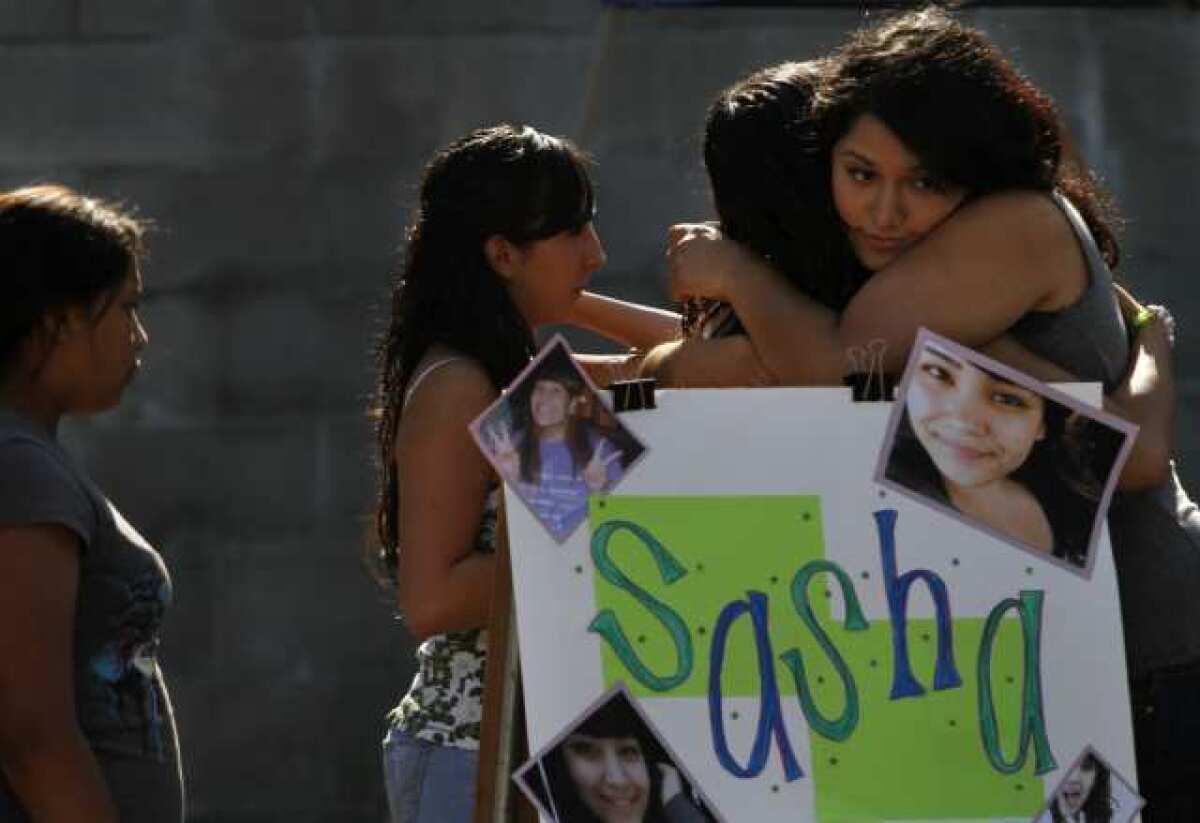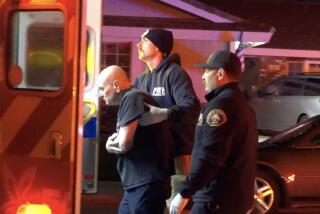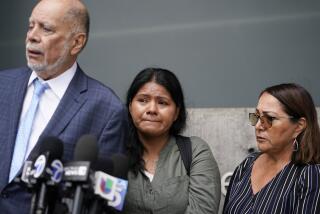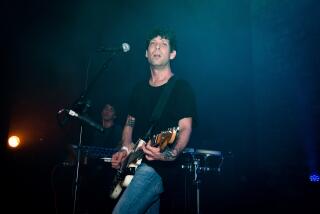Death at Electric Daisy Carnival draws attention to connection between raves and Ecstasy

The suspected drug overdose death of a 15-year old girl who attended a massive rave in Los Angeles last weekend has drawn attention to the drug her family was told was found in her body: Ecstasy.
Officials said use of the hallucinogen and stimulant was widespread among the scores of partygoers taken by ambulance to emergency rooms from the Electric Daisy Carnival, which was held at the Los Angeles Memorial Coliseum and surrounding Exposition Park, attracting 185,000 people over two days.
The drug’s prevalence is no surprise to national and local officials, who report increases in both its supply and demand in Los Angeles County. In 2005, 4.5 of every 10,000 people entering treatment for substance abuse in Los Angeles County said Ecstasy was their primary drug of choice. By 2009, it was 33.6 — more than seven times as many.
Ecstasy is also showing up more often among drugs seized in Los Angeles County and sent to government labs for analysis, more than doubling from about 5 samples per 100,000 people in 2005 to 13 per 100,000 people last year.
The connection between drug use and raves — massive dance parties that feature electronic music and sometimes last 12 hours — is well-documented. Some who attend consider the use of Ecstasy integral to the experience.
At the 2009 Love Festival, a late-summer rave that takes place annually at the Los Angeles Sports Arena, the song “Let’s Take Drugs” played for the crowd, electronically splicing the voice of former President George W. Bush calling out “I wanna take drugs,” with President Obama’s voice responding “Yes, we can.”
“I have worked overnight for several such events and have been truly astounded by what I have seen. There is something about seeing a comatose, scantily clad, critically ill teenager who will go on to be brain-dead, which has upset me more than I thought possible,” said Dr. Elizabeth Mitchell, an emergency room physician at California Hospital Medical Center, which is about two miles from the Coliseum and Los Angeles Sports Arena, both publicly owned venues popular with rave operators.
The president of the joint state, county and city commission that oversees the Coliseum and Sports Arena last week announced a temporary ban on new contracts with rave producers until commissioners can meet on July 16..
Dr. Caitlin Reed, who works with the epidemic intelligence service with the U.S. Centers for Disease Control and Prevention and was at the command post during the Electric Daisy Carnival, said that she walked with paramedics headed to the field about 20 or 30 times and that the drug use was obvious.
“There are many people with pupils the size of dinner plates, suggesting that they are using MDMA,” another name for the drug Ecstasy, Reed said last week.
Ecstasy is an illegal synthetic drug that law enforcement officials say is most often manufactured in foreign countries and smuggled into the United States. Although many users believe the drug is a safe alternative to more dangerous illicit drugs, Ecstasy can be deadly and cause lasting side effects, medical experts said.
Extreme thirst can be caused by Ecstasy use, said Dr. Marc Futernick, medical director of emergency services at California Hospital Medical Center. In response, a person may drink enough water to lower sodium levels so severely as to hamper the ability of neurons — nerve fibers in the brain and throughout the body — to transmit impulses that keep the body breathing and the brain thinking. As a result, a person may fall into a coma or have seizures.
“It’s as if you turned the electricity off,” Futernick said.
Since 2003, the U.S. Drug Enforcement Administration has tracked an increase in methamphetamine being added to Ecstasy; and more recently, other types of chemicals, such as ketamine, primarily used as a horse tranquilizer, said DEA spokeswoman Sarah Pullen.
Similar to adrenaline, amphetamines can increase a user’s heart rate so much that the heart fails. It can also cause body temperature to rise to 109 degrees — precipitating what Futernick compared to organs melting.
Maureen David, whose 17-year-old daughter went to the Electric Daisy Carnival on June 26, said that someone there offered her daughter Ecstasy and that, within 20 minutes of taking it, the teenager’s heart was beating rapidly.
She told her mother that she told a security guard how she was feeling, and he replied, “Yeah, that’s what happens.”
When she insisted something was wrong, the guard took her to paramedics and she was taken to a Kaiser Foundation Hospital emergency room. After a few hours, hospital officials discharged her. David said since the experience, her daughter has had panic attacks when asked about what happened.
Three years earlier, Hilary and Marcus Gaede attended the Monster Massive rave at the Sports Arena just before Halloween. They watched as a young woman collapsed on the sidewalk and began to have a massive seizure, screaming.
“Help was summoned and a security guard came a number of minutes later,” Hilary Gaede said. “As time elapsed and her lips turned blue, we sat there with her boyfriend asking: ‘Where are the EMTs?’”
It took at least 45 minutes before paramedics reached her, and 40 minutes more to get the woman to the ambulance, in part because of the large crowds, Marcus Gaede said.
Five days later, the woman was dead. According to Los Angeles County coroner’s records, the woman, identified as Michelle Yuenshan Lee, 20, of Irvine died of multiple drug toxicity, including Ecstasy and amphetamine overdose. The report notes that she died after attending a rave near the Coliseum on Oct. 28, 2007.
Dr. Karen Miotto, a clinical psychiatry professor at UCLA and medical director of the UCLA Alcoholism Addiction Medical Service, said other events, such as the annual Burning Man held in the Nevada desert, have developed an organic, communal safety culture, where hundreds of people volunteer to provide medical services.
But at massive raves, Miotto said, the same community of volunteers promoting safety cannot be found.
“Everyone is doing it,” Miotto said. “It’s very available and acceptable in that context, because there’s no grownups. This scale of young, vulnerable people is just a setup for drug dealers peddling marginal, bad, unsafe drugs.”
More to Read
Start your day right
Sign up for Essential California for news, features and recommendations from the L.A. Times and beyond in your inbox six days a week.
You may occasionally receive promotional content from the Los Angeles Times.







